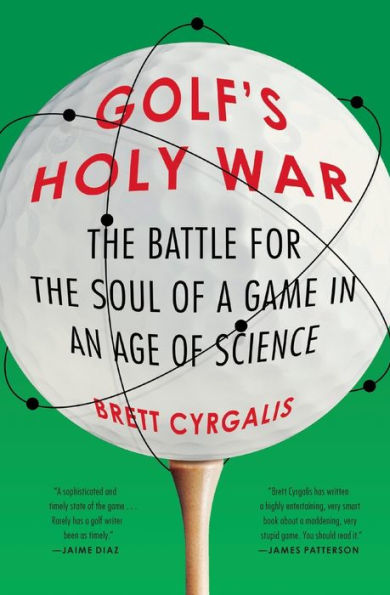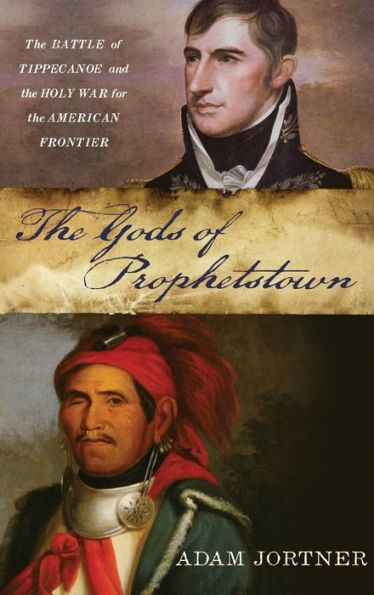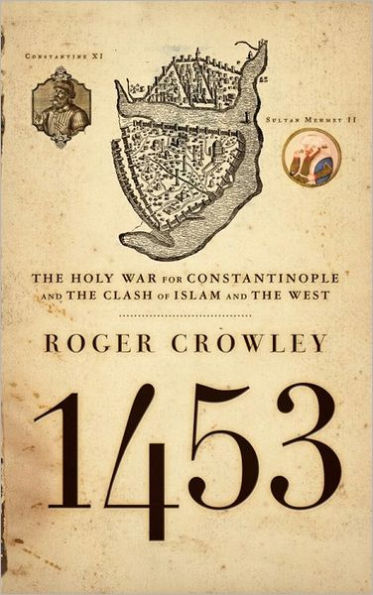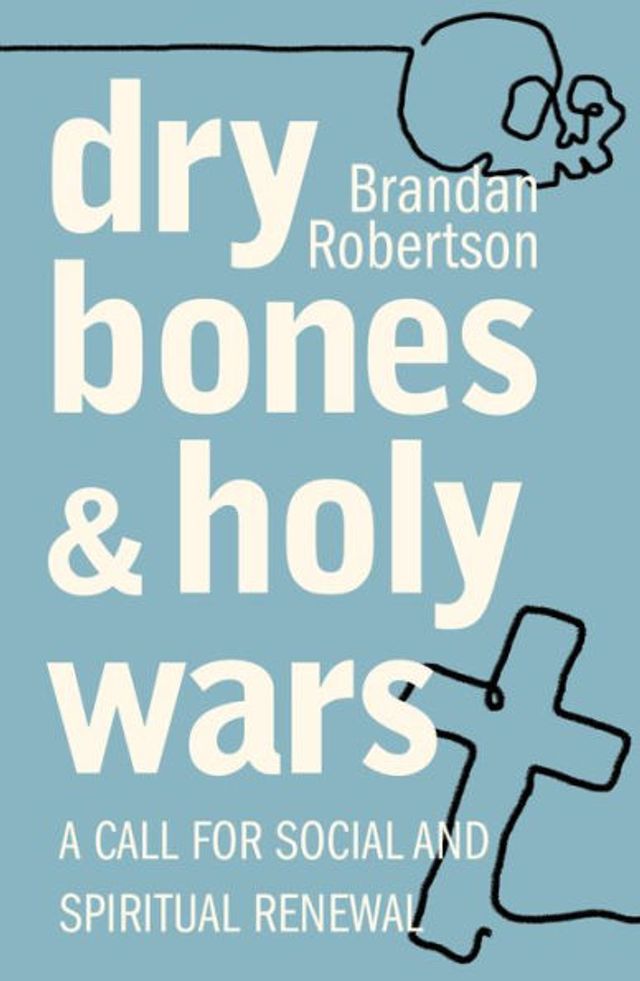Home
Golf's Holy War: the Battle for Soul of a Game an Age Science
Barnes and Noble
Golf's Holy War: the Battle for Soul of a Game an Age Science
Current price: $39.99


Barnes and Noble
Golf's Holy War: the Battle for Soul of a Game an Age Science
Current price: $39.99
Size: Audio CD
Loading Inventory...
*Product information may vary - to confirm product availability, pricing, shipping and return information please contact Barnes and Noble
As Michael Lewis’s bestseller
Moneyball
captured baseball at a technological turning point, this “highly entertaining, very smart book” (James Patterson) takes us inside golf’s clash between its hallowed artistic tradition and its scientific future.
The world of golf is at a crossroads. As technological innovations displace traditional philosophies, the golfing community has splintered into two deeply combative factions: the old-school teachers and players who believe in feel, artistry, and imagination, and the technical minded who want to remake the game around data. In
Golf’s Holy War
, “an obvious hole-in-one for golfers and their coaches” (
Publishers Weekly
, starred review), Brett Cyrgalis takes us inside the heated battle playing out from weekend hackers to PGA Tour pros.
At the Titleist Performance Institute in Oceanside, California, golfers clad in full-body sensors target weaknesses in their biomechanics, while others take part in mental exercises designed to test their brain’s psychological resilience. Meanwhile, coaches like Michael Hebron purge golfers of all technical information, tapping into the power of intuitive physical learning by playing rudimentary games. From historic St. Andrews to manicured Augusta, experimental communes in California to corporatized conferences in Orlando, William James to Ben Hogan to theoretical physics, the factions of the spiritual and technical push to redefine the boundaries of the game. And yet what does it say that Tiger Woods has orchestrated one of the greatest comebacks in sports history without the aid of a formal coach?
But
is more than just a book about golf—it’s a story about modern life and how we are torn between resisting and embracing the changes brought about by the advancements of science and technology. It’s also an exploration of historical legacies, the enriching bonds of education, and the many interpretations of reality.
Moneyball
captured baseball at a technological turning point, this “highly entertaining, very smart book” (James Patterson) takes us inside golf’s clash between its hallowed artistic tradition and its scientific future.
The world of golf is at a crossroads. As technological innovations displace traditional philosophies, the golfing community has splintered into two deeply combative factions: the old-school teachers and players who believe in feel, artistry, and imagination, and the technical minded who want to remake the game around data. In
Golf’s Holy War
, “an obvious hole-in-one for golfers and their coaches” (
Publishers Weekly
, starred review), Brett Cyrgalis takes us inside the heated battle playing out from weekend hackers to PGA Tour pros.
At the Titleist Performance Institute in Oceanside, California, golfers clad in full-body sensors target weaknesses in their biomechanics, while others take part in mental exercises designed to test their brain’s psychological resilience. Meanwhile, coaches like Michael Hebron purge golfers of all technical information, tapping into the power of intuitive physical learning by playing rudimentary games. From historic St. Andrews to manicured Augusta, experimental communes in California to corporatized conferences in Orlando, William James to Ben Hogan to theoretical physics, the factions of the spiritual and technical push to redefine the boundaries of the game. And yet what does it say that Tiger Woods has orchestrated one of the greatest comebacks in sports history without the aid of a formal coach?
But
is more than just a book about golf—it’s a story about modern life and how we are torn between resisting and embracing the changes brought about by the advancements of science and technology. It’s also an exploration of historical legacies, the enriching bonds of education, and the many interpretations of reality.

















